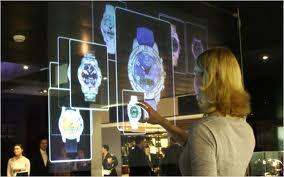Designing patient-collected health data visualizations to support discussing patient data during clinical visits is a challenging problem due to the heterogeneity of the parties involved: patients, healthcare providers, and healthcare systems. Designers must ensure that all parties' needs are met. This complexity makes it challenging to find a definitive solution that can work for every individual. We have approached this research problem -- communicating patient data during clinical visits -- as a wicked problem. In this article, we outline how wicked problem characteristics apply to our research problem. We then describe the research methodologies we employed to explore the design space of individualized patient data visualization solutions. Last, we reflect on the insights and experiences we gained through this exploratory design process. We conclude with a call to action for researchers and visualization designers to consider patients' and healthcare providers' individualities when designing patient data visualizations.
翻译:设计病人收集的健康数据可视化,以支持在临床访问期间讨论病人数据,这是一个具有挑战性的问题,因为所涉各方:病人、保健提供者和保健系统的多样性。设计者必须确保满足所有各方的需要。这种复杂性使得找到适合每个人的最终解决办法具有挑战性。我们把研究问题 -- -- 在临床访问期间交流病人数据 -- -- 当作一个邪恶的问题来处理。在这个文章中,我们概述了邪恶问题特征如何适用于我们的研究问题。我们然后描述了我们用来探索个人化病人数据可视化解决方案的设计空间的研究方法。最后,我们反思我们通过这一探索性设计过程获得的洞察力和经验。我们最后呼吁研究人员和可视化设计师采取行动,在设计病人数据可视化时考虑病人和保健提供者的个性。





